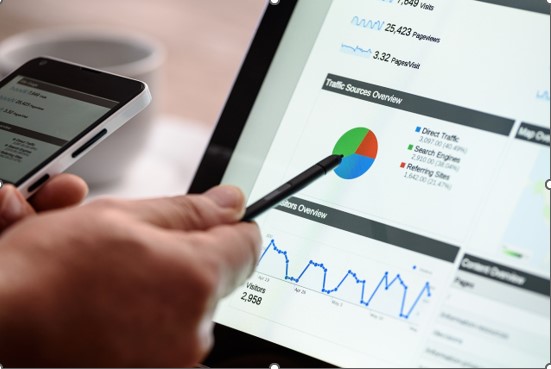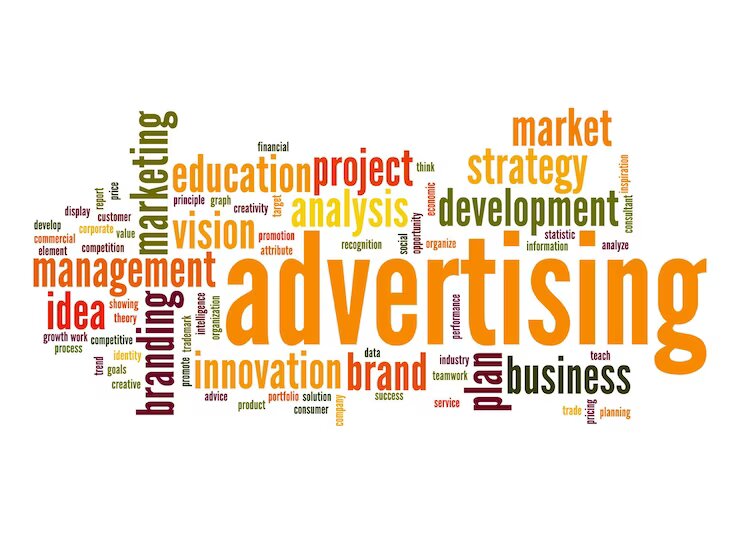How To Know If Someone Blocked You On iMessage? 5 Secret Hacks!
Apr 16, 2025

Apr 16, 2025

Apr 16, 2025

Apr 15, 2025

Apr 11, 2025

Apr 11, 2025

Apr 11, 2025

Apr 08, 2025

Mar 29, 2025
Sorry, but nothing matched your search "". Please try again with some different keywords.


Programmatic advertising is the process of buying and selling digital advertising space using automated systems. Traditionally, advertisers would buy ad space on websites and apps by contacting the publisher directly.
This process was time-consuming and inefficient, as it required a lot of manual work. Programmatic advertising automates this process by using algorithms and software to match advertisers with publishers who have ad space available.
This allows advertisers to reach their target audiences more effectively and efficiently than old methods. In 2022, global programmatic ad spend is expected to reach $490 billion. This growth is being driven by the increasing popularity of digital advertising and the growing demand for more efficient and effective ways to reach target audiences.
In this article we will go through the types of programmatic advertising and how they are beneficial for media planning by the advertisers.

RTB is the most common type of programmatic advertising & buying that involves the use of an auction to sell ad space on a per-impression basis. Advertisers bid on ad space in real-time, and the highest bidder wins the auction. Real-time bidding offers benefits such as:
PMPs, also known as Private marketplaces are a type of programmatic advertising that allows advertisers to buy ad space directly from publishers. This can be done at a fixed price or through an auction. PMPs offer a number of benefits for both advertisers and publishers.
Programmatic direct advertising involves the automated buying and selling of ad inventory through pre-negotiated deals between advertisers and publishers. It is also a good option for publishers who want to sell their ad space at a premium price.
Programmatic advertising also enables the use of data-driven creative, where ad creative elements are dynamically tailored to individual users based on their preferences, behavior, or contextual information. Benefits include:
Native advertising is a type of advertising that matches the form and function of the platform on which it appears. This means that native ads look, feel, and behave like the organic content around them. As a result, native ads are more likely to be seen, clicked, and remembered by consumers.
There are many benefits to using native advertising, including:
Overall, native advertising is a valuable tool for advertisers. It can help to improve engagement, brand awareness, CTRs, conversion rates, and ROI. If you’re looking for a way to improve the effectiveness of your advertising campaigns, then native advertising is a great option.
Outstream advertising is a type of programmatic advertising that delivers ads outside of the main content stream. This type of advertising is becoming increasingly popular, as it allows advertisers to reach users who are not actively engaged with the main content.
These different types of programmatic advertising offer media planners increased efficiency, precise targeting, cost-effectiveness, and the ability to optimize campaigns in real-time, resulting in more effective and impactful advertising strategies.
By using programmatic advertising and emerging trends in media planning, advertisers can improve the performance of their ad campaigns and get better results for their clients.
The best type of programmatic advertising for you will depend on your specific needs and goals. If you’re not sure which type of programmatic advertising is right for you, it’s a good idea to talk to an expert.
Read Also:
Abdul Aziz Mondol is a professional blogger who is having a colossal interest in writing blogs and other jones of calligraphies. In terms of his professional commitments, he loves to share content related to business, finance, technology, and the gaming niche.
View all Posts
How To Know If Someone Blocked You On iMessag...
Apr 16, 2025
7 Website Design Mistakes That Are Hurting Yo...
Apr 16, 2025
Programmable Dynamic SEO for Location-Based P...
Apr 15, 2025
Google Boba Game: How To Play This Fun Game B...
Apr 11, 2025
Which Is The Best Video Search Engine Of 2025...
Apr 11, 2025

